BLOG
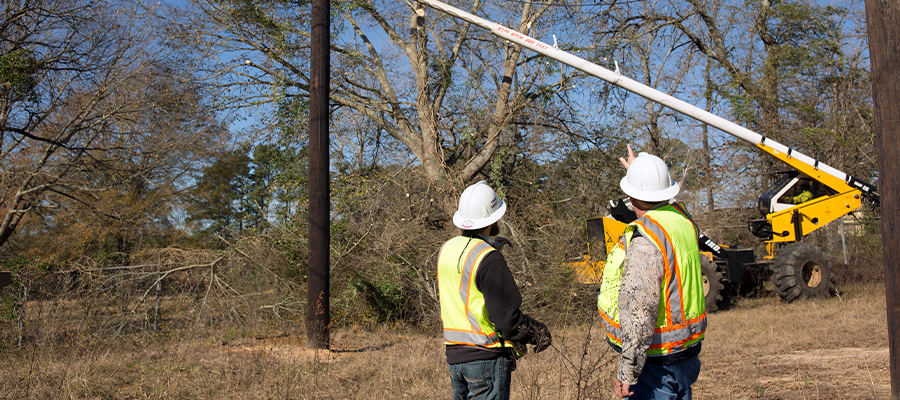
by Darrin Salvador, ACRT Consulting Utility Forester The fact that we are still having injuries and fatalities in[…]
Read More
Crime in parking lots is growing. Learn the latest parking lot safety tips to protect yourself and your family this holiday season.
Read More
ACRT SERVICES SUBSIDIARY BERMEX ANNOUNCES MERGER WITH STRATEGITECH July 15, 2020 — Stow, Ohio — ACRT Services, a[...]
Read More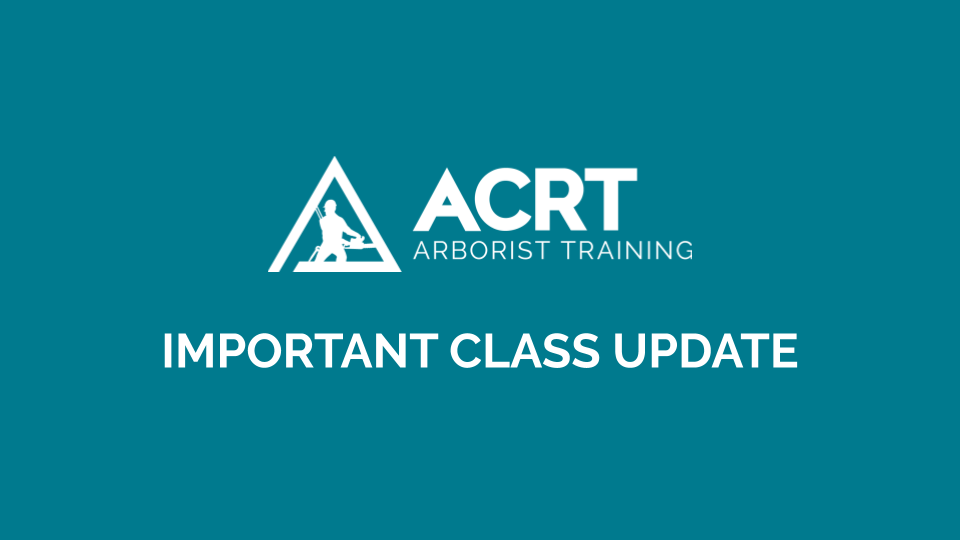
Due to the resurgence of COVID-19, ACRT Arborist Training has decided to postpone all classes at our Ohio and California facilities for the rest of 2020.
Read More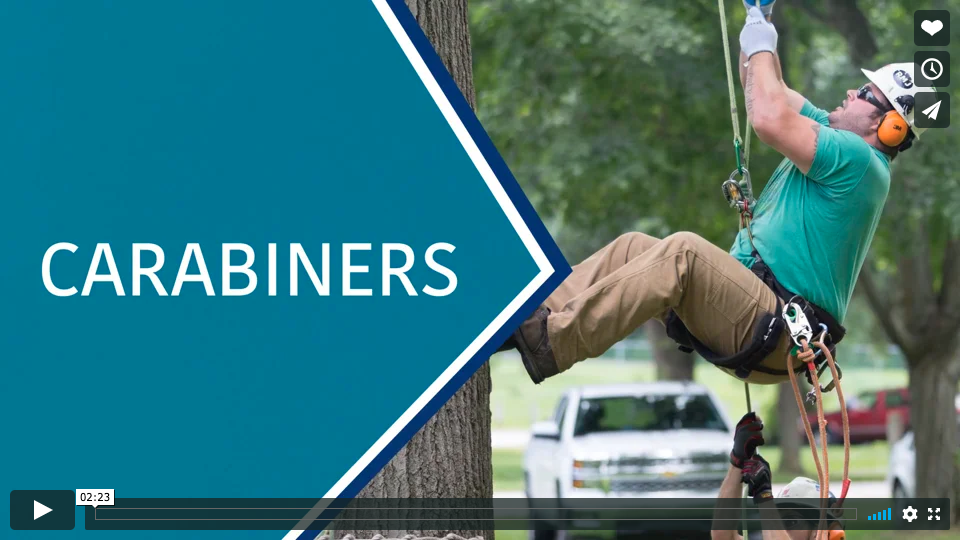
Carabiners are a common piece of useful equipment. A climbing carabiner must be denoted with a stamp that[...]
Read More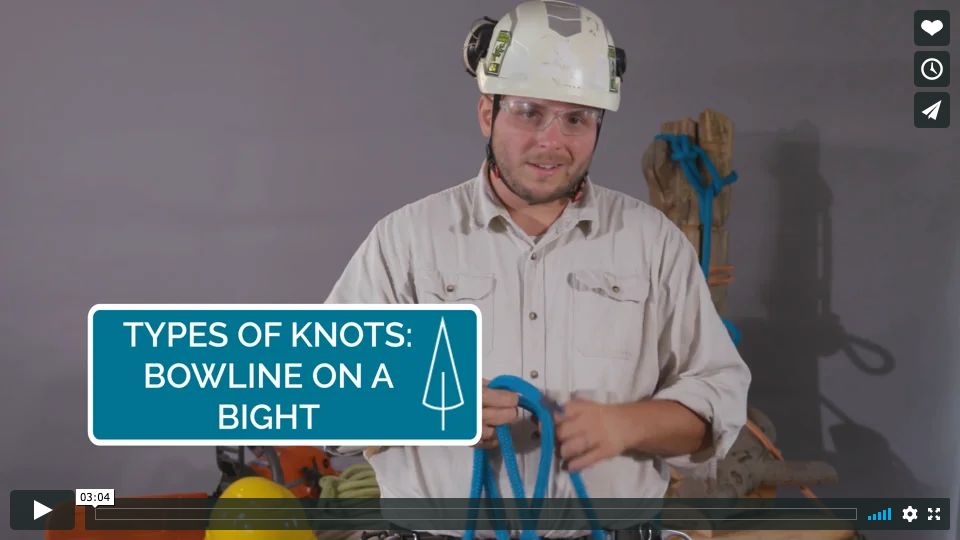
Being able to tie a bowline on a bight provides a greater advantage over a standing bowline knot.[...]
Read More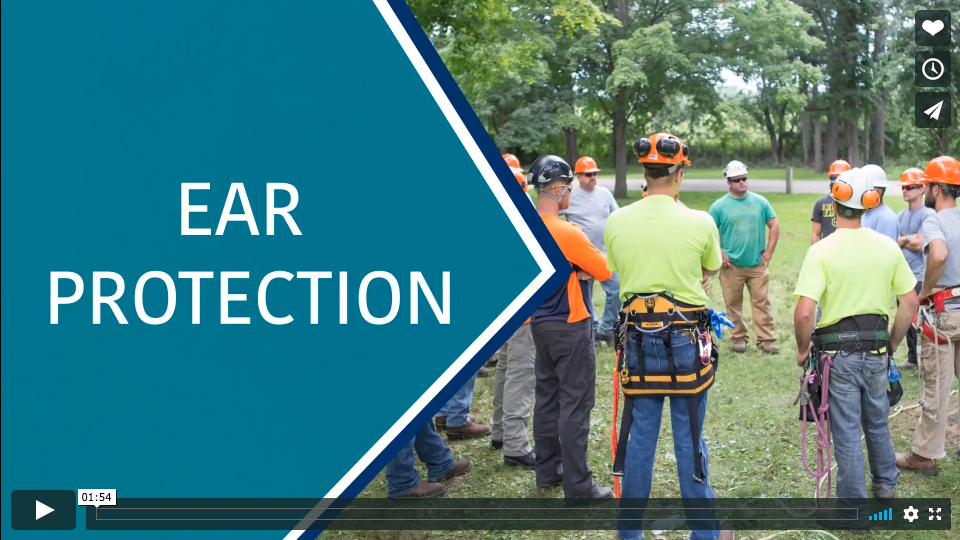
It’s critical to protect your ears while operating equipment with noise louder than 85 decibels. There are many[...]
Read More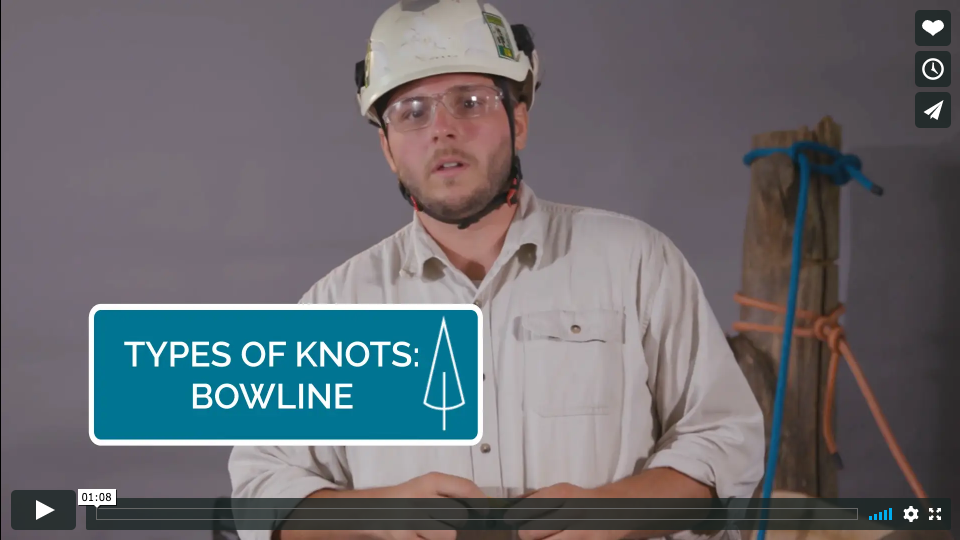
Bowline knots are a useful addition to every climber’s knot-tying skill set. Learn what a bowline knot is and how to tie one in our latest video.
Read More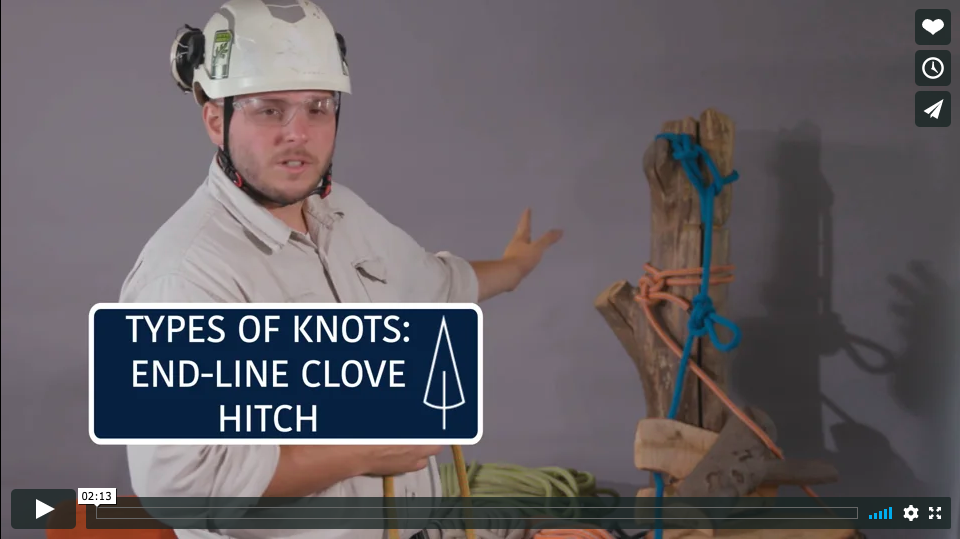
The end-line clove hitch knot can be used for attaching to objects as well as for rigging. Learn more about this knot type here.
Read More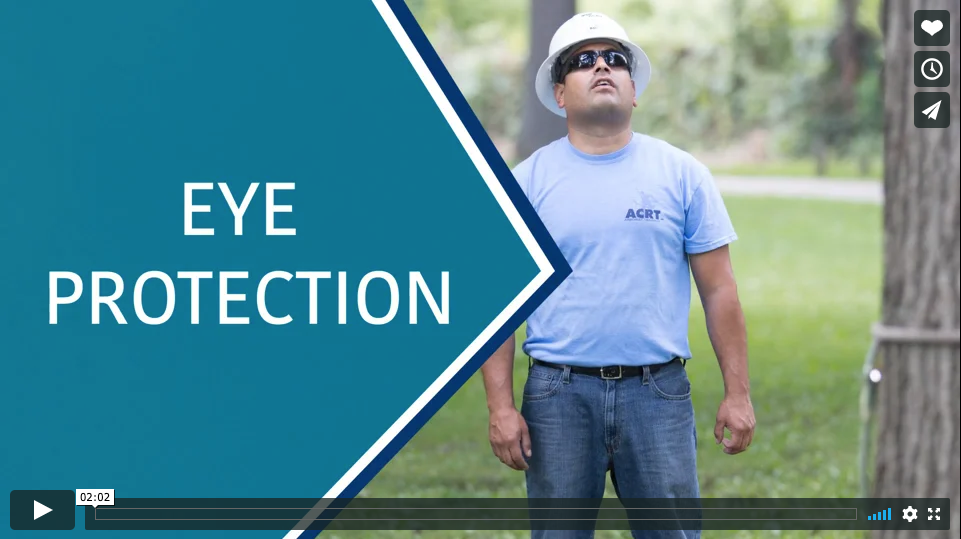
In our industry, having proper eye protection matters. Without your eyesight, you cannot do your job. For those that wear prescription glasses, equivalent safety-focused eyewear should be worn.
Read More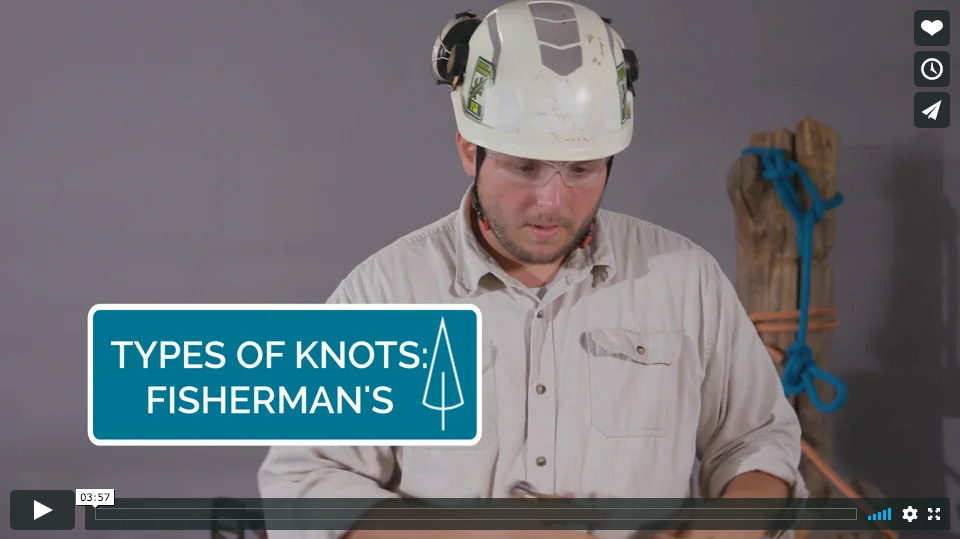
Fisherman knots and loops are flexible, customizable solutions for a variety of climbing needs. The knot configuration allows you to create stoppers for securing tools and safety equipment.
Read More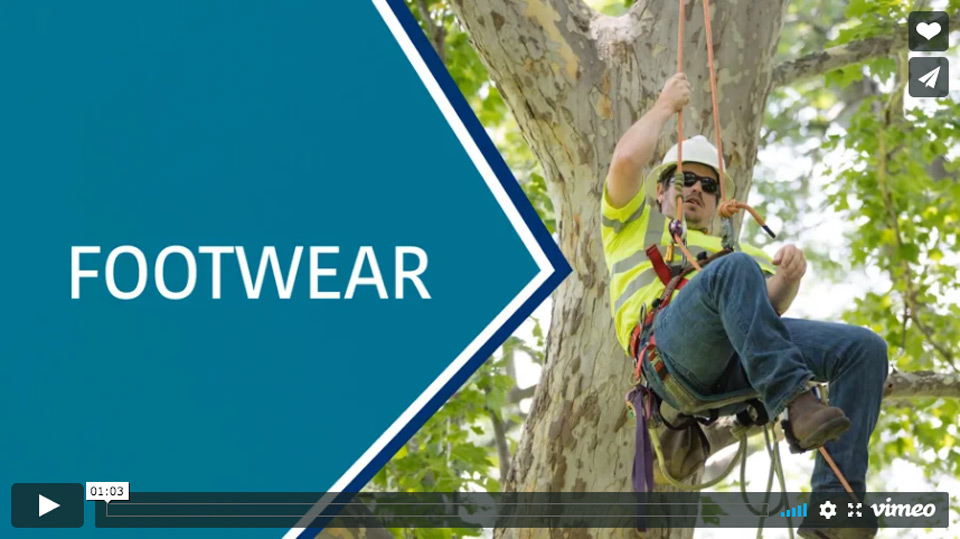
One of the most important pieces of equipment climbers need is reliable footwear. Aggressive traction on the sole, a taller heel, and higher overall design will keep your feet and ankles protected while climbing, provide better overall grip, and more.
Read More